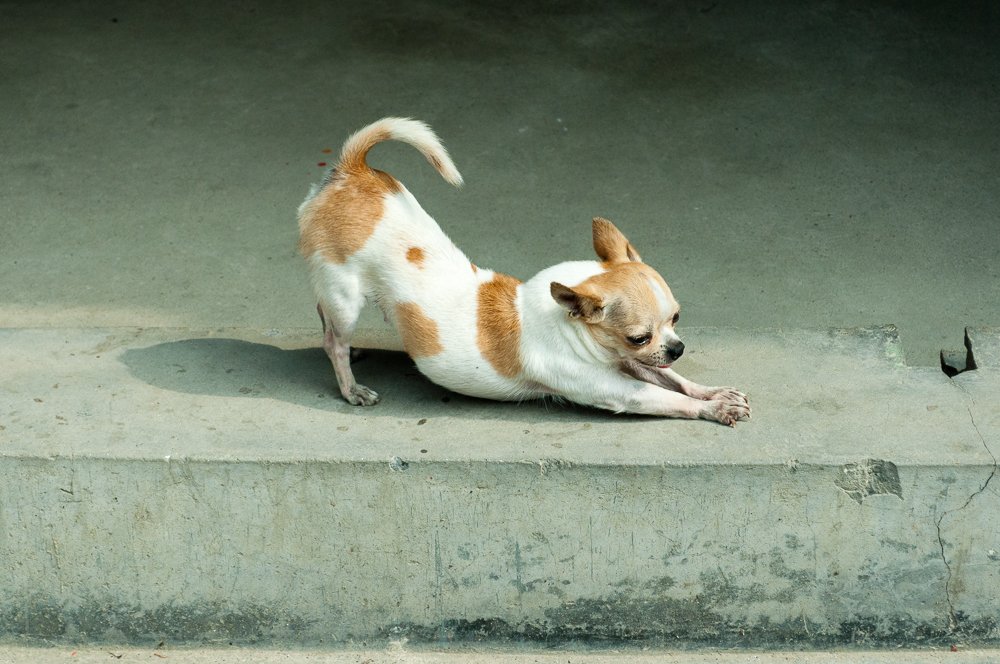Picture this: you walk through the front door after a long day, and there’s your furry companion, performing what looks like a perfect yoga pose – front legs extended, chest low to the ground, rear end high in the air. You might think it’s just another adorable quirk, but that signature stretch is actually your dog speaking a complex language that combines biology, emotion, and thousands of years of evolutionary behavior.
The Science Behind the Welcome Stretch
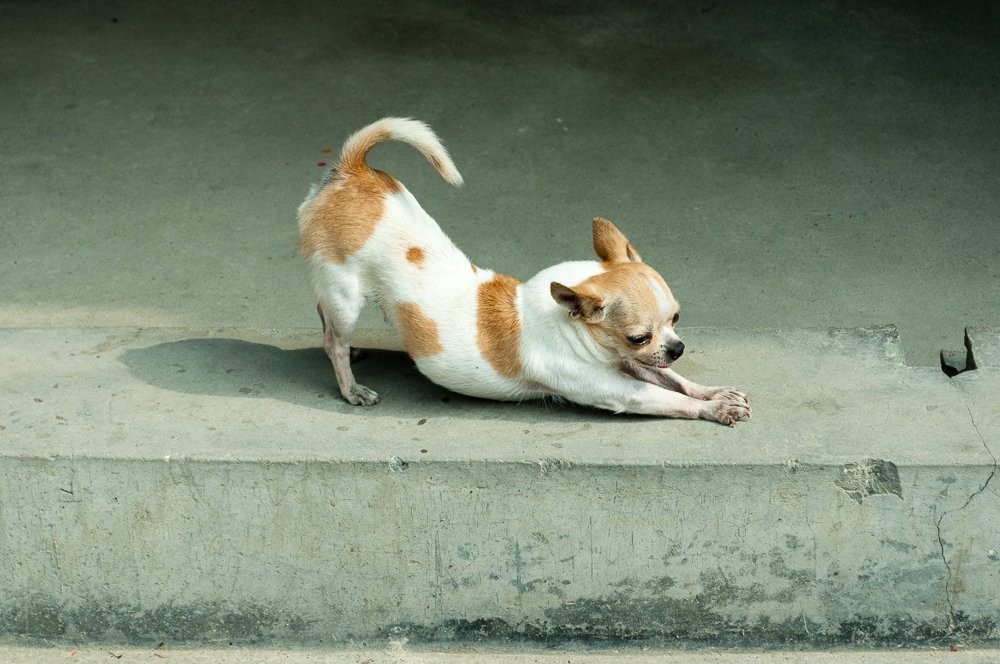
When your dog sees you after a long day, you might notice them stretching as they approach you. This is known as the “greeting stretch,” and it’s a sign of affection and comfort. But there’s more happening beneath the surface than meets the eye. Dogs might need to stretch to loosen up tight muscles as they approach you. Dogs typically stretch when they are relaxed. Your dog might be anticipating that they’ll be more active now that you’re home.
When an animal stretches after sleep or rest, it has always indicated to me a good level of wellness; this type of stretch has a name, it is called ‘pandiculation’ and is an innate action of many mammals, including dogs. The pandiculation stretch eases our body into gentle movement and wakes up our muscles after a night’s sleep.
A Message of Trust and Vulnerability
A dog stretching is a signal of trust and affection towards you. When your dog stretches in front of you, it exposes its most vulnerable areas—the belly and throat. This isn’t just a random physical movement – it’s your dog essentially saying they feel completely safe in your presence.
When you come home or wake up in the morning and your dog greets you with a stretch, he’s not waking up from a nap or doing puppy yoga, he’s saying hello. This is only used with people he is comfortable with—you won’t see a dog greet a stranger with a stretch. Think of it as their version of a warm hug – except they’re literally making themselves vulnerable to show how much they trust you.
Your Dog’s Internal Clock at Work
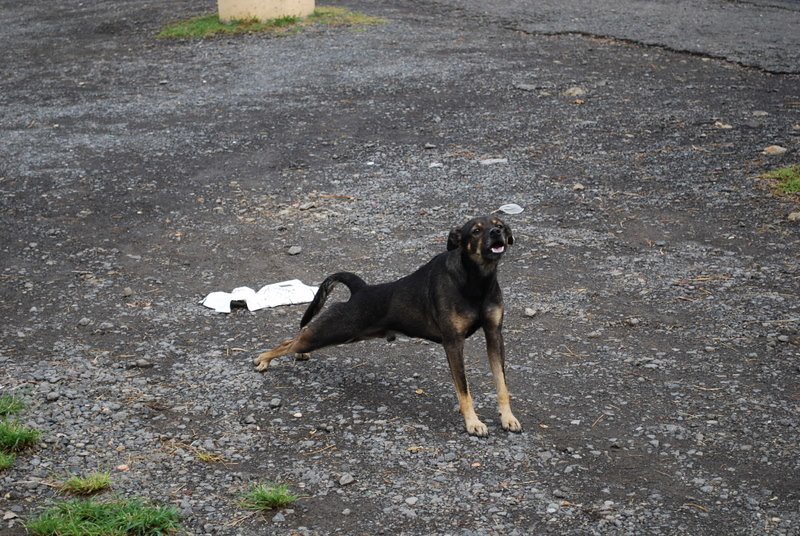
Animal cognition researcher Dr. Alexandra Horowitz notes that dogs can associate specific events with precise timing. If you usually come home at 6 p.m., your dog’s internal clock primes their body for action as the hour approaches. The stretch becomes a warm-up ritual, like a runner limbering up before a race.
According to veterinarian Wailani Sung, MS, PhD, DVM, DACVB in PetMD by Chewy, if your dog stretches when they greet you, they might be preparing themselves for playtime if they have learned that you like to be active with them upon returning home. Your dog has basically memorized your schedule and is getting ready for whatever fun activities usually follow your arrival.
The Physical Reality of Muscle Preparation
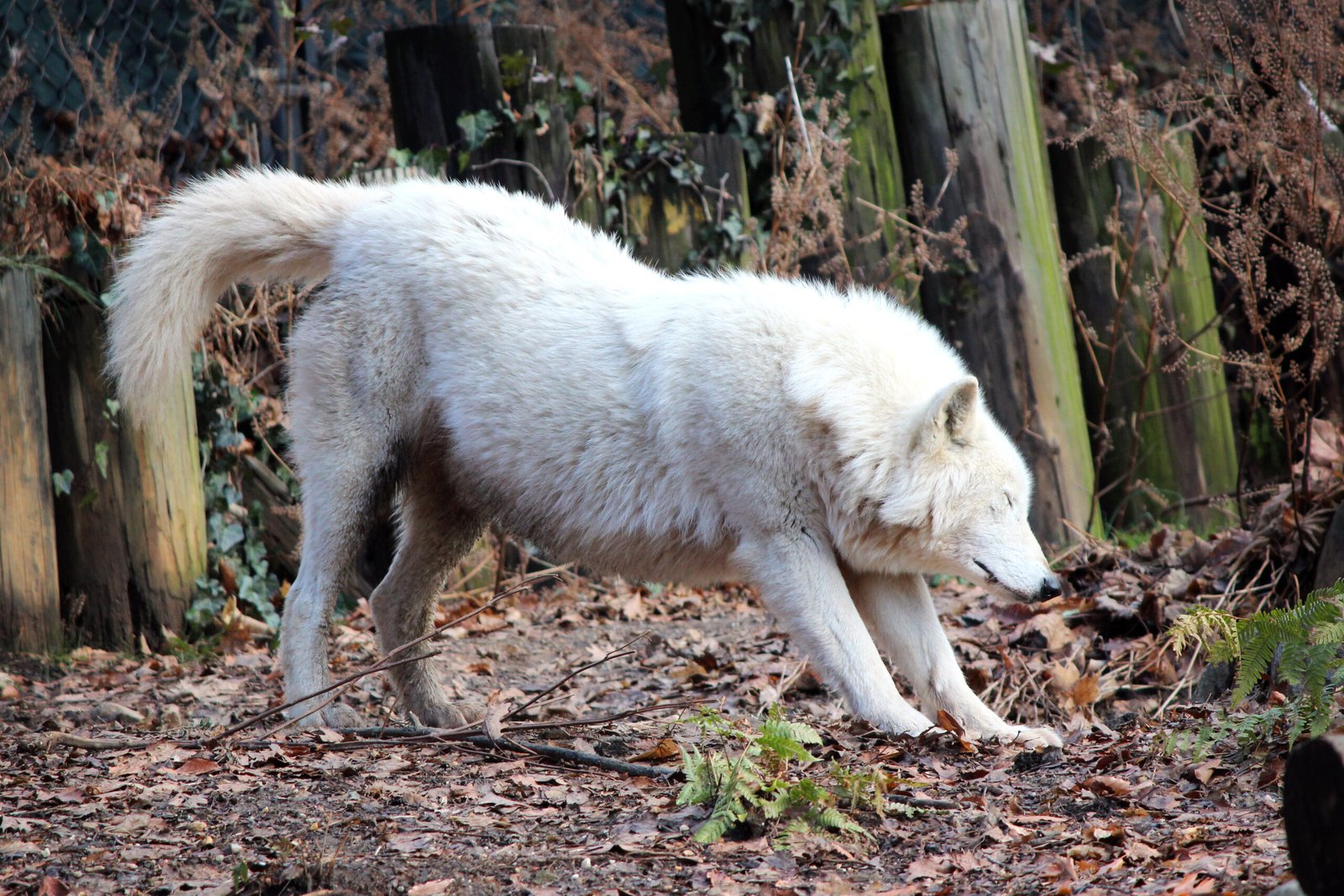
After laying in the same position for several minutes or hours, the muscles lose some tone and tighten, so stretching is an effective way to loosen them. This stretch is a normal part of a dog’s daily routine and is a sign of a well-rested dog. Just like humans need to stretch after sitting at a desk all day, your dog needs to prepare their body for movement after periods of rest.
Stretching improves blood flow, especially after a nap or rest. Think of it as a mini-recharge for your dog. Cheong, who specializes in canine fitness, says dogs stretch instinctively to relieve muscle tension or discomfort, much like humans stretch to ease tightness. “This is particularly noticeable after vigorous exercise or prolonged inactivity, helping dogs regain comfort and mobility,” he says.
An Ancient Invitation to Play
A variation of a stretch is the play bow, in which the dog signals to other dogs and humans to initiate play. If this is what your dog wants, they might not lower their head as far as they normally do when stretching. They usually show a bowing moment when they lean down their elbows or stretch their front legs. In both cases, they choose to bow and give you a typical invitation to play.
The stretch-greeting shares DNA with the play bow, a classic canine invitation to interact. In the wild, wolves use similar postures to initiate play without triggering defensiveness. By lowering their front legs and raising their hindquarters, dogs signal non-threatening intent. It’s like your dog is saying, “Hey, you’re home! Want to have some fun?”
Emotional Regulation in Action
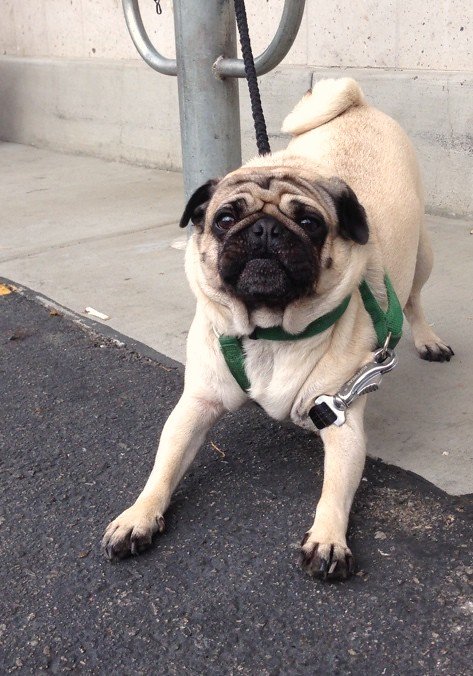
This anticipation isn’t purely physical. A 2022 study in Applied Animal Behaviour Science found that dogs produce higher levels of oxytocin (the “bonding hormone”) when reuniting with owners after separation. Stretching may help them regulate this emotional surge, channeling happy energy into movement rather than chaotic jumping.
Dogs are masters of conflict avoidance, and stretching acts as a calming signal. By pausing to stretch before approaching, your dog gives you (and themselves) a moment to transition into interaction mode. It’s their version of taking a deep breath before a hug. They’re literally helping themselves manage their excitement at seeing you.
Learned Behavior and Positive Reinforcement
Some dogs might learn to exhibit this stretching behavior for you when the behavior is reinforced. So, if you think this behavior is cute and praise your pup every time they performed the stretching behavior, they’re more likely to stretch for you again. Your reaction matters more than you might think.
Dogs, especially younger ones, crave attention. If your pup has realized that stretching on you garners a reaction, whether it’s a belly rub, a laugh, or even just eye contact, they might continue this behavior to get your attention. Smart little creatures, aren’t they? They’ve figured out exactly what melts your heart.
When Stretching Signals Something More
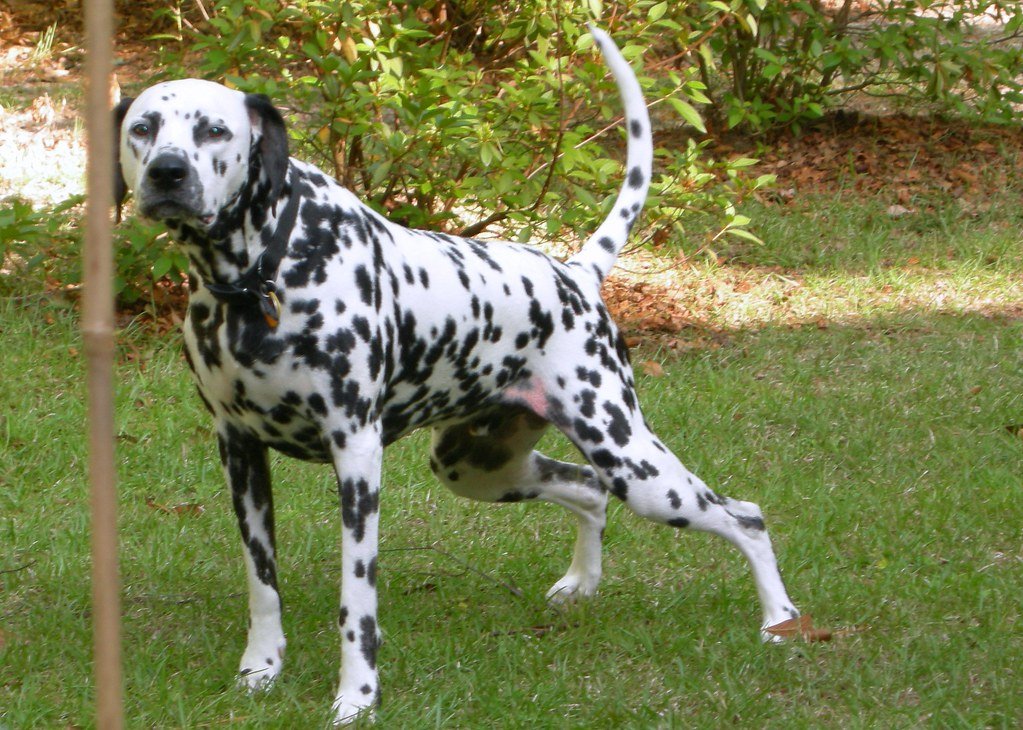
While most stretching is perfectly normal and healthy, sometimes it can indicate discomfort. In some cases, a dog’s stretching behavior may be a sign of significant abdominal pain. Veterinarians often describe this position as the “dog praying position” because typically the dog will stretch out and keep their front legs stretched in front of them so the elbows almost touch the floor while the back end is arched up in the air.
Dogs with abdominal pain tend to stretch in a way that closely mimics the play bow – rump up, front end down, flat on the floor. Abdominal pain is an incredibly important stretching cause to watch out for as it can be a sign of acute pancreatitis. The key difference is in the body language – a dog in pain will look anxious or distressed, unlike the relaxed, happy demeanor of a greeting stretch.
That simple stretch your dog does when you walk through the door is actually a sophisticated piece of communication that encompasses trust, anticipation, physical preparation, and emotional regulation all rolled into one graceful movement. Next time your dog greets you with that signature stretch, recognize it as a multifaceted conversation. It’s a physiological reset, an emotional barometer, and a social overture—all rolled into one elegant motion. By understanding this behavior, you deepen your ability to “speak dog,” fostering a bond that transcends species.

Andrew Alpin from India is the Brand Manager of Doggo digest. Andrew is an experienced content specialist and social media manager with a passion for writing. His forte includes health and wellness, Travel, Animals, and Nature. A nature nomad, Andrew is obsessed with mountains and loves high-altitude trekking. He has been on several Himalayan treks in India including the Everest Base Camp in Nepal.

